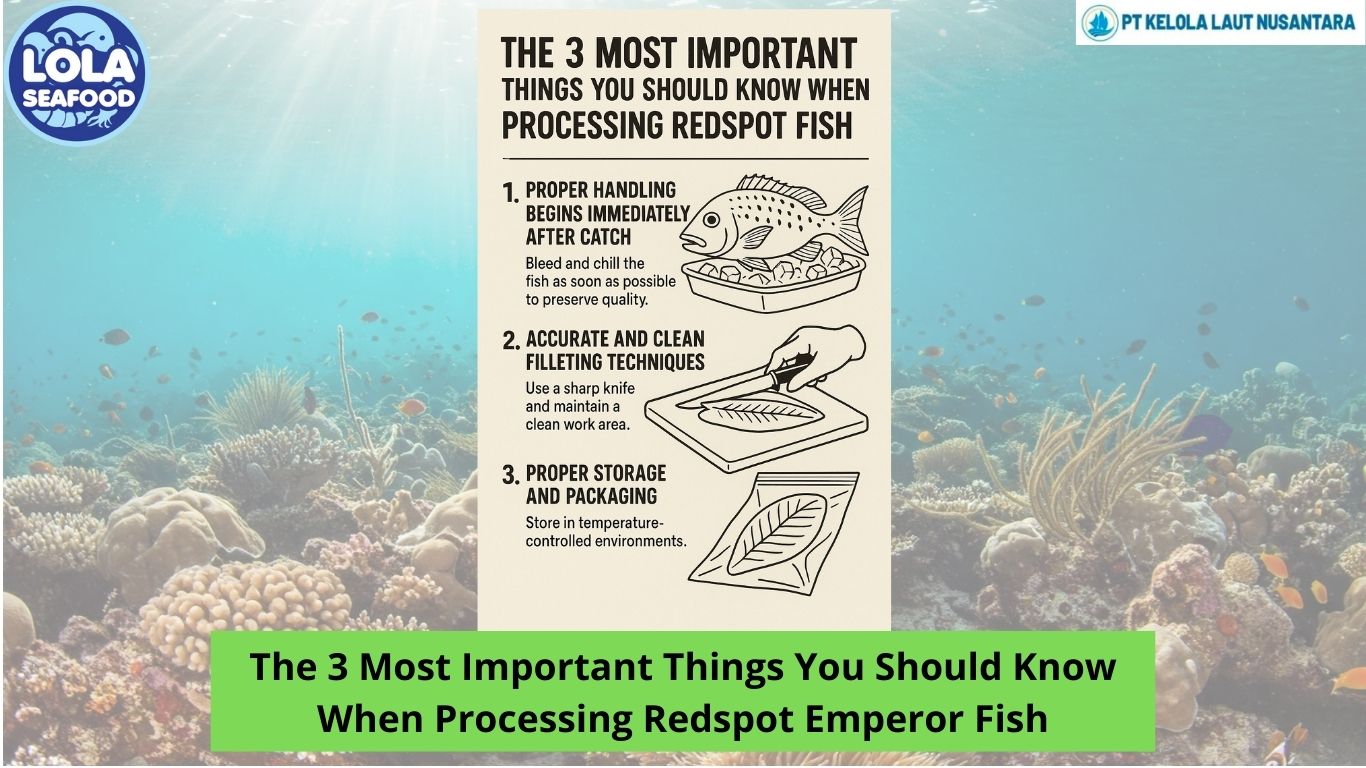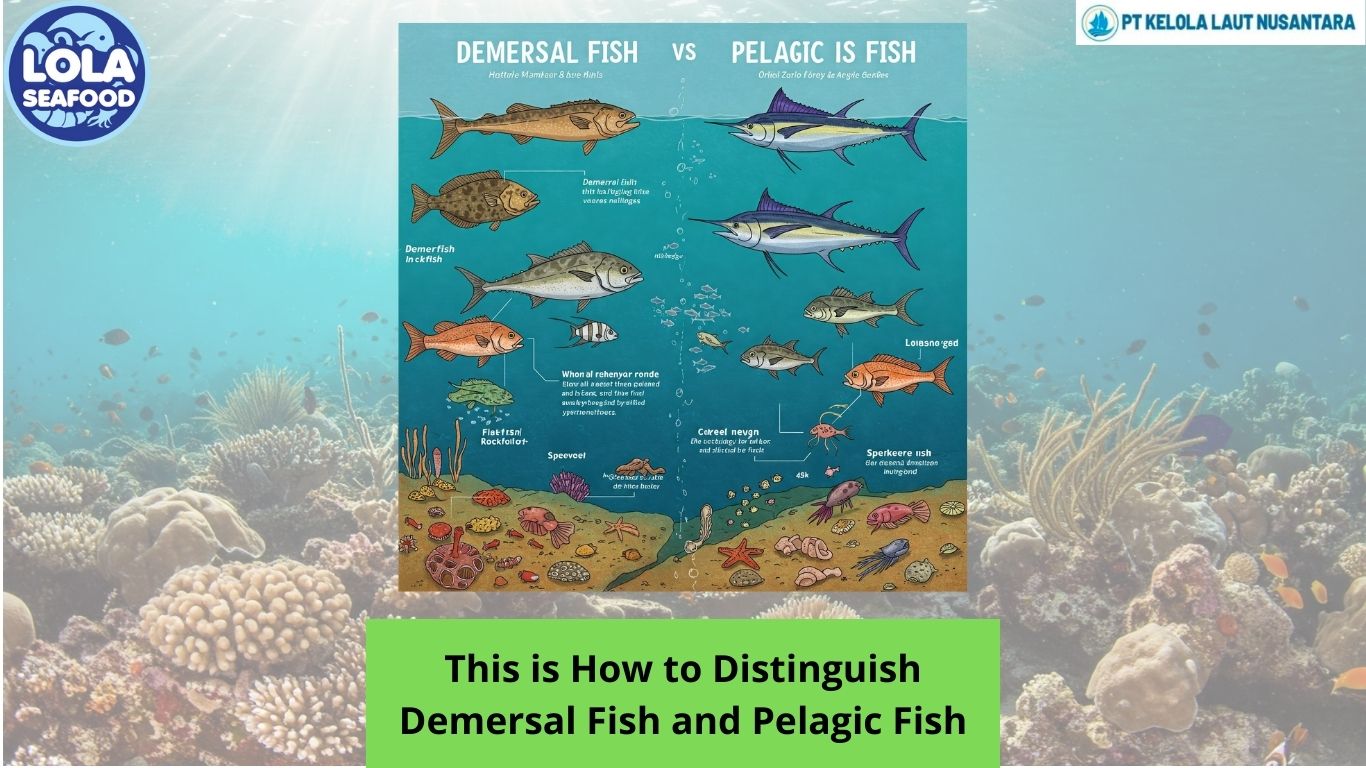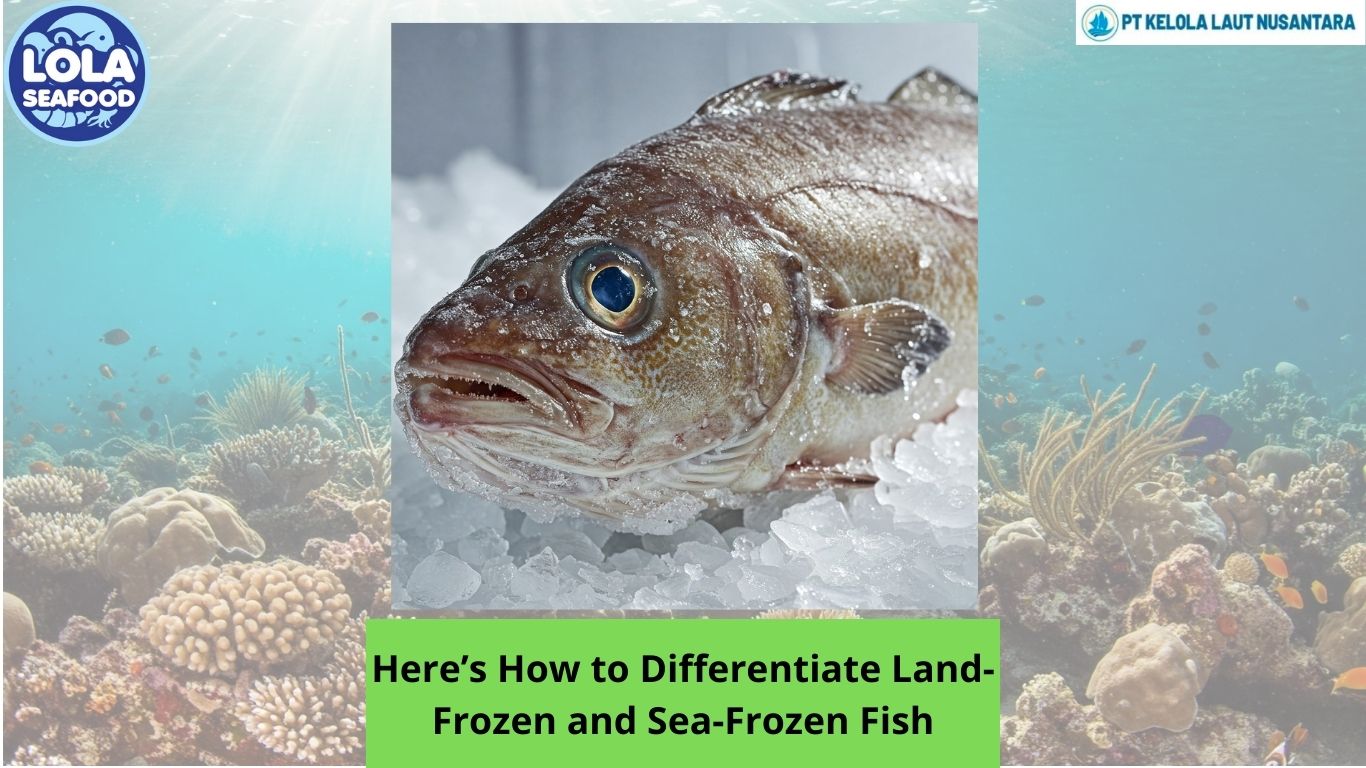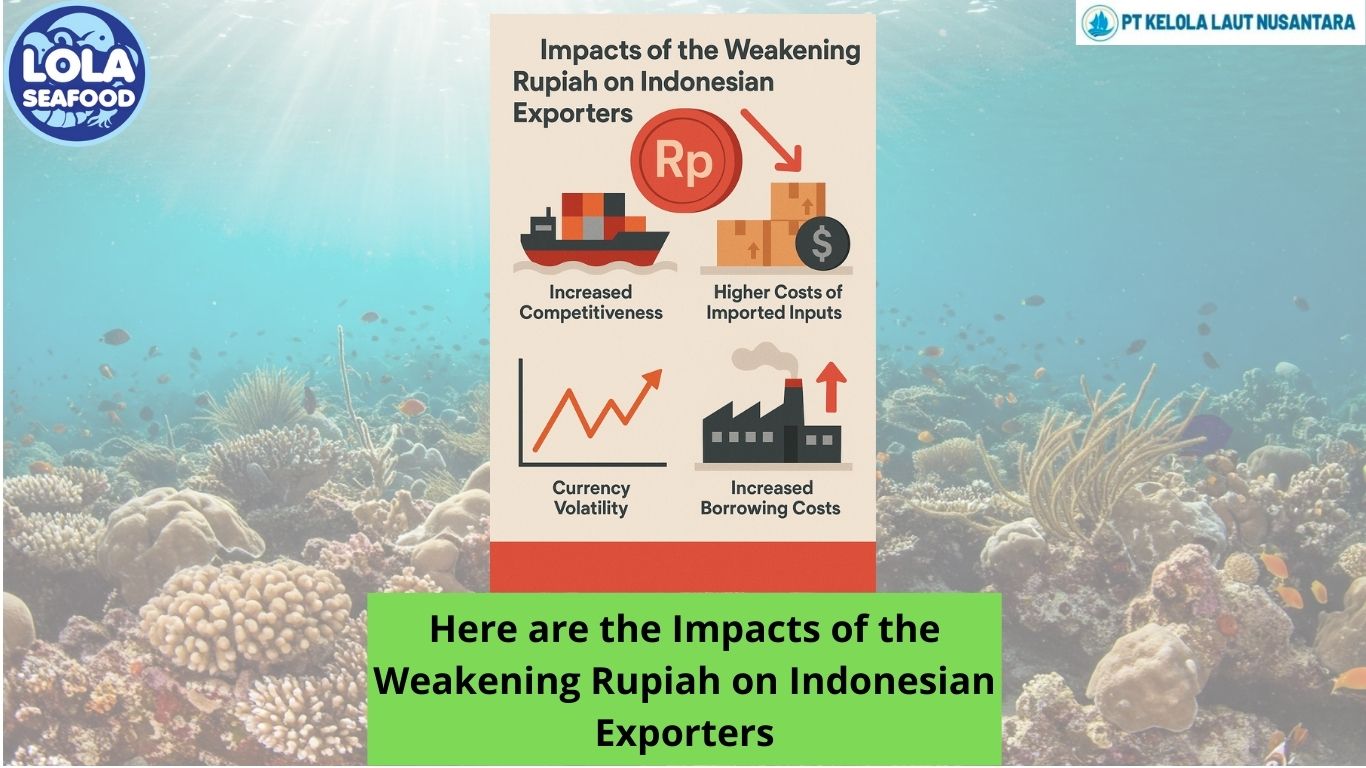The Impact of Frozen Fish on Traditional Seafood Markets
By. Najih - 19 Aug 2024.jpg)
The frozen fish industry has grown significantly in recent decades, profoundly impacting traditional seafood markets. As freezing technology and logistics have advanced, frozen fish has become more accessible and popular, reshaping consumption patterns, market dynamics, and industry practices. This article explores how frozen fish influences traditional seafood markets and the various dimensions of this impact.
1. Accessibility and Affordability
One of the most notable impacts of frozen fish on traditional seafood markets is increased accessibility. Frozen fish can be transported over long distances without the need for immediate consumption, allowing consumers in areas far from the coast to enjoy seafood. This accessibility often leads to lower prices compared to fresh seafood, making it more affordable for a broader segment of the population.
2. Market Competition
The rise of frozen fish has intensified competition in traditional seafood markets. Fresh seafood vendors face pressure from frozen fish suppliers who offer a year-round supply of popular species like salmon, cod, and tilapia. This competition can drive down prices and force traditional vendors to adapt their offerings or improve their service quality to maintain customer loyalty.
3. Consumer Preferences
Consumer preferences have shifted with the increased availability of frozen fish. Many people now prefer the convenience of frozen fish, which can be stored for extended periods and cooked at any time. This shift in consumer behavior impacts traditional seafood markets, which must now contend with changing tastes and the demand for convenience.
4. Quality Perception
While freezing technology has advanced to preserve the quality of fish effectively, there remains a perception that fresh fish is superior to frozen fish. Traditional seafood markets often capitalize on this perception, emphasizing the freshness and quality of their offerings. However, as consumers become more educated about the quality of frozen fish, this perception may shift.
5. Supply Chain Dynamics
The frozen fish industry has transformed supply chain dynamics in the seafood sector. Frozen fish requires sophisticated logistics and storage solutions, including specialized freezing equipment and cold chain management. This has led to the development of new supply chain models and partnerships between producers, distributors, and retailers. Traditional seafood markets may need to adapt to these new models or risk falling behind.
6. Environmental and Sustainability Concerns
The environmental impact of fishing and aquaculture practices affects both fresh and frozen seafood markets. However, frozen fish has introduced new sustainability concerns, particularly regarding the carbon footprint of transportation and the use of energy for freezing. Traditional seafood markets are increasingly scrutinizing the environmental practices of their suppliers and may promote more sustainable options to align with consumer values.
7. Innovation and Product Development
Frozen fish has spurred innovation in product development, leading to a wider variety of seafood products available in stores. Ready-to-cook and ready-to-eat frozen seafood items have become popular, offering convenience and new culinary experiences. Traditional seafood markets may need to innovate similarly to stay competitive and meet evolving consumer demands.
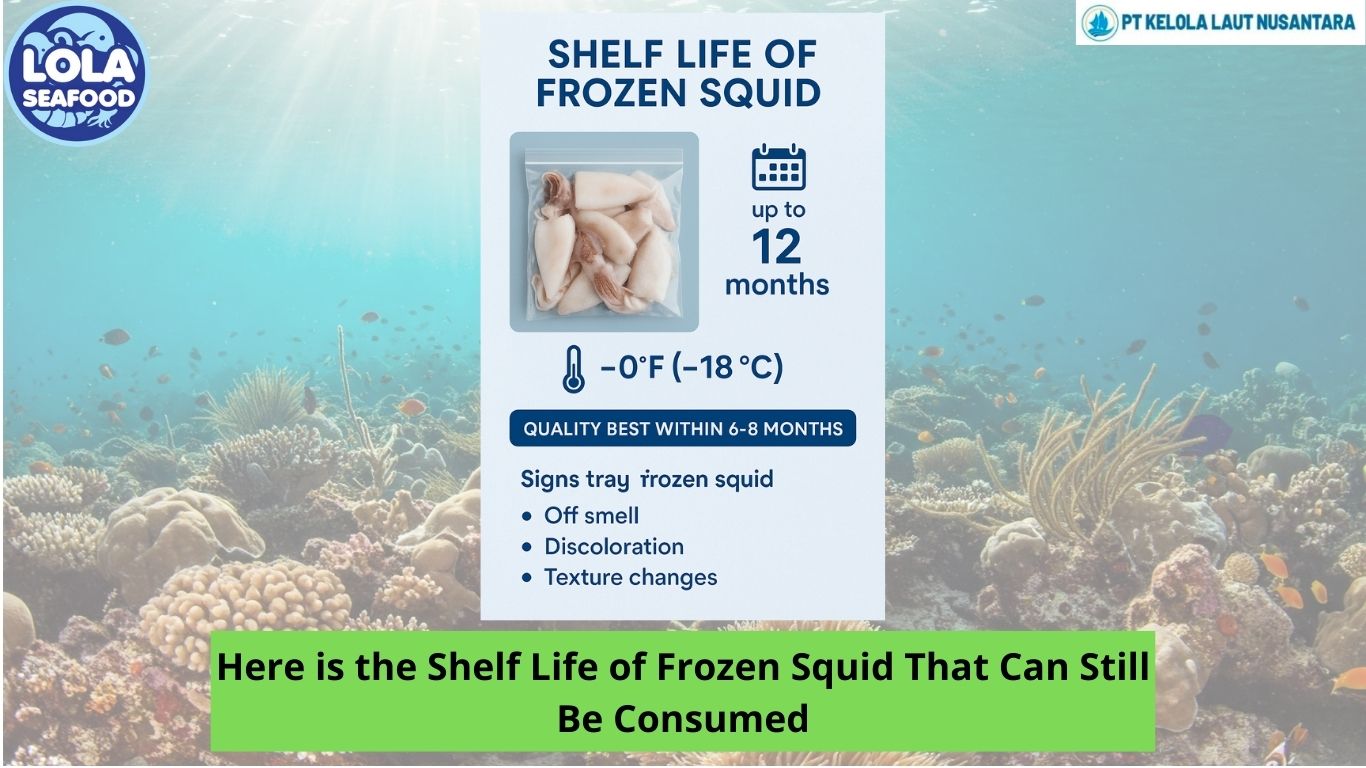
.jpg)
.jpg)
.jpg)
